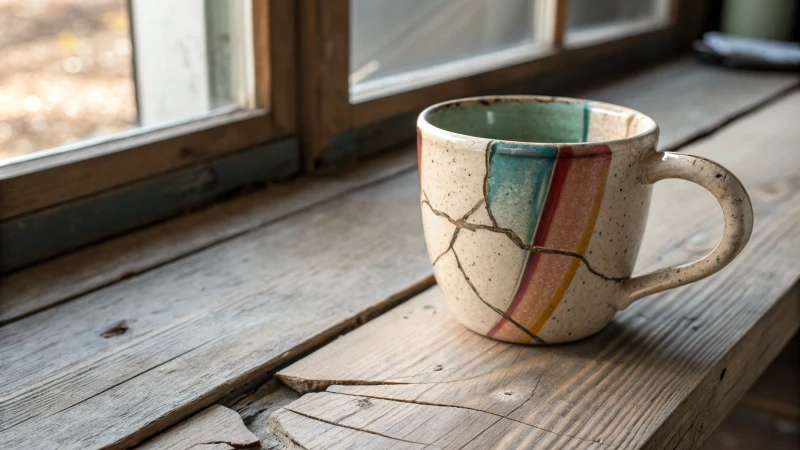
Have you ever held a hot coffee cup and felt it slipping from your hand? Ceramic mugs look beautiful. They have their quirks, though.
Ceramic mugs break easily. These mugs often lose heat fast. They might not be very hygienic. Their beauty is undeniable. Careful handling becomes crucial to avoid breaking them. Drinks usually don’t stay warm or cold for long. Mugs should dry completely. Damp mugs could let bacteria grow.
When I began my ceramic business, ceramic mugs really fascinated me. Their beauty and feel were obvious, but I soon noticed their flaws. Knowing these limits assisted me in selecting my own cups and guiding customers in choosing the right ones. Let’s discover these challenges and think about how they might change your daily coffee habits.
Ceramic mugs are fragile and prone to breakage.True
Ceramic mugs are easily broken if dropped or mishandled.
Ceramic mugs retain heat better than metal mugs.False
Ceramic mugs lose heat faster compared to metal mugs.
Why Do Ceramic Mugs Break So Easily?
Ever thought about why your favorite ceramic mug breaks so easily with just a tiny accident? Many people do.
Ceramic mugs often break easily because they are brittle. These mugs can crack from sudden temperature changes. Sometimes, they even have small flaws from the factory. Gentle handling is important. Avoid exposing them to quick temperature shifts.
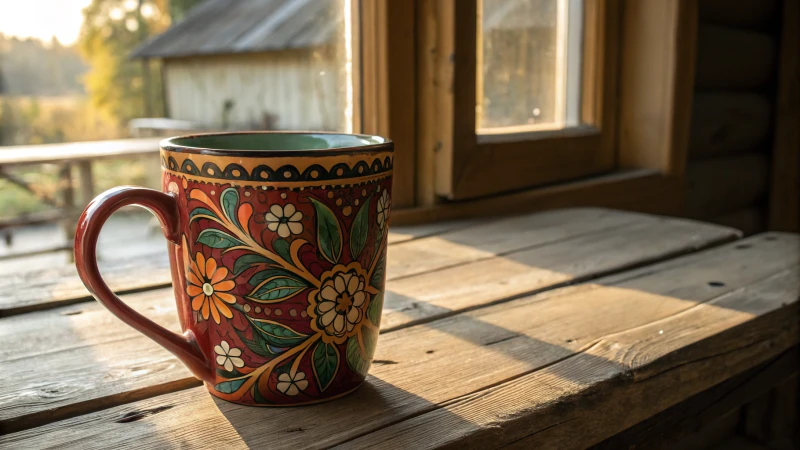
The Nature of Ceramics: Fragile by Design
I remember breaking my favorite ceramic mug for the first time. A dear friend had gifted it to me. The sound of it shattering on my kitchen floor still echoes in my memory. Ceramics are naturally fragile, unlike metals that absorb shocks. A dropped ceramic mug1 often cracks or shatters; it usually does not just dent.
Thermal Shock Risk
One winter morning, I rushed to enjoy my coffee and poured a hot drink into a cold mug from the cupboard. The mug cracked, and it felt heartbreaking. This happens because of thermal shock. Rapid temperature changes cause the material to expand unevenly and break. Many people who love their morning routine know this problem very well.
| Temperature Change | Risk |
|---|---|
| Sudden increase | High |
| Gradual increase | Low |
| Sudden decrease | High |
Production Flaws
Even after years in ceramic production, spotting flaws isn’t easy. Sometimes, tiny cracks or microscopic holes—flaws from the factory—can weaken a mug. While professional checks really help, visible issues like uneven glaze or faint lines can hint at problems.
Careful Use and Handling
I adopted careful ways to protect my ceramic mugs over time. Using mug warmers2 for slow heating and choosing mugs with strong rims helps protect them. Also, always stack them with care. These careful actions let me enjoy ceramics’ beauty without always fearing they might break.
Learning these things helps me value the beauty of ceramic mugs while lowering risks. For more durable choices, look at tempered glass or stainless steel; these offer strong yet stylish options for everyday use.
Ceramic mugs are prone to breaking due to brittleness.True
Ceramics are brittle, lacking plastic deformation before breaking.
Thermal shock has no impact on ceramic mug durability.False
Rapid temperature changes cause uneven expansion, leading to cracks.
How Do Ceramic Mugs Compare in Heat Retention?
Have you ever held a warm mug and wondered how long your coffee will stay hot?
Ceramic mugs have medium heat retention due to their thickness and density. These mugs do not excel in keeping drinks hot but perform better than glass. They fall behind insulated and stainless steel choices.
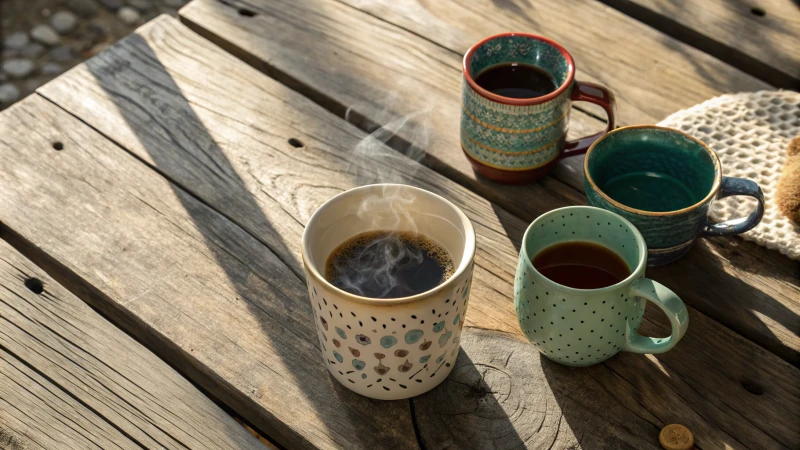
Understanding Heat Retention
Heat retention goes beyond a technical word. It’s about enjoying those snug mornings when I hold my favorite cup, wishing my tea stays warm as I read. The power of a material to keep heat decides how long that warmth lasts. Ceramic mugs, strong and sturdy, hold heat fairly well because of their thickness and other material properties3.
Comparing Materials
Choosing a mug is like picking a morning companion. Each kind of mug has a special character.
| Material | Heat Retention | Pros | Cons |
|---|---|---|---|
| Ceramic | Moderate | Durable, aesthetic | Fragile, moderate insulation |
| Glass | Low | Transparent, stylish | Poor heat retention, fragile |
| Stainless Steel | High | Excellent insulation | Expensive, less aesthetic |
Ceramic mugs might not insulate as well as stainless steel ones but they surely beat glass mugs in terms of insulation capabilities4.
Factors Affecting Ceramic Heat Retention
Three main things influence how well a ceramic mug keeps warmth:
- Thickness: A thicker mug gives a warm embrace on a cold day by holding heat longer.
- Glaze: The glaze changes how the mug feels and impacts heat dissipation5.
- Shape: A wider opening lets more heat escape.
Improving Heat Retention
Fans of ceramics, like myself, have ways to add warmth. Double-walled designs help. Pre-warming with hot water helps too. This gives your drink an extra warm touch. There are always interesting new ceramic designs that try to mix usefulness with beauty.
These details help me find the perfect mug, balancing style with function. I need my drink just right.
Ceramic mugs retain heat better than glass mugs.True
Ceramic mugs have moderate heat retention, superior to glass.
Stainless steel mugs have the lowest heat retention.False
Stainless steel has high heat retention due to excellent insulation.
Are Ceramic Mugs Safe for Hot and Cold Drinks?
Have you ever thought if your beloved ceramic mug is safe for hot coffee or iced tea? Let’s explore what gives these mugs their unique qualities.
Ceramic mugs, if glazed well and without dangerous materials like lead, are safe for both hot and cold drinks. They manage temperature changes easily. Sudden changes in temperature cause cracks, so be careful. Frequent inspection for damage is very important.
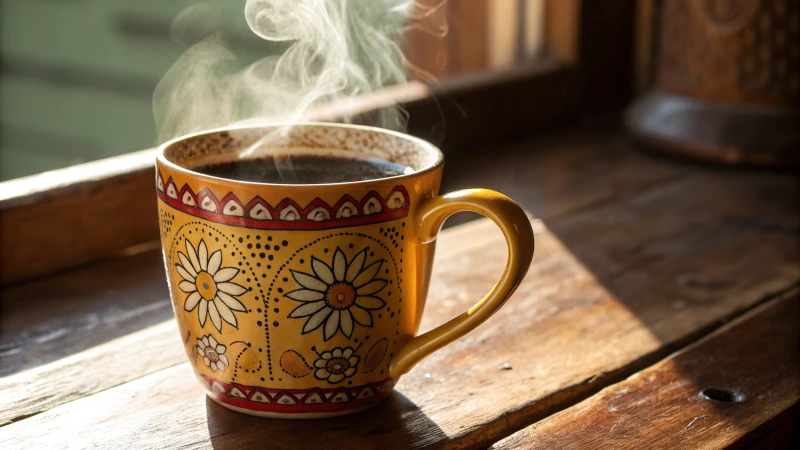
Understanding Ceramic Composition
Years ago, I watched clay become a strong mug. This process amazed me. Clay turns into a cup in the kiln. Fire makes it tough and seals the surface. Glaze is key here. It protects and must be free of lead for safety. Quality glaze really matters. Check the mug’s label for this.
For more insights into ceramic manufacturing6, exploring industry standards is crucial.
Thermal Resistance of Ceramics
Ceramics endure heat and cold well. Imagine going from hot coffee to iced tea. Your mug manages both. Yet, don’t be too daring. Sudden temperature shifts harm them. I once cracked my mug by moving it from freezer to microwave. Now, I let it warm up slowly, gradually like my morning routine.
| Temperature | Suitability |
|---|---|
| Hot drinks | Suitable |
| Cold drinks | Suitable |
| Extreme changes | Not recommended |
Hygiene and Maintenance
Ceramics need care. Their smooth surfaces resist germs, but dryness is needed. Mugs should be dried after washing to keep them clean. Check regularly for chips or cracks; it’s a habit now since chips hide germs.
Consider inspecting for cracks or chips regularly as damaged areas can harbor microorganisms or become potential hazards. You might find it useful to check cleaning techniques7 specifically for ceramics to enhance longevity.
Importance of Certification
Seeking quality taught me certifications matter. They show mugs are safe and no bad stuff is in the glaze. Look for "FDA-approved" or "LFGB-certified" labels when purchasing ceramic mugs.
To learn more about these certifications and their implications on product safety, you might want to explore ceramic safety standards8.
Ceramic mugs can handle extreme temperature changes.False
Ceramics are prone to cracking from rapid temperature changes.
Lead-free glazes ensure ceramic mug safety.True
Lead-free glazes prevent toxic leaching into beverages.
What Are the Maintenance Challenges of Ceramic Mugs?
Ceramic mugs fill many homes, yet maintaining their good condition proves more challenging.
Ceramic mugs require gentle attention because they are delicate and can break easily. Hot and cold changes might crack them. Drying is very important to stop bacteria from growing. Regular cleaning keeps them safe and clean. Careful use helps them last longer.
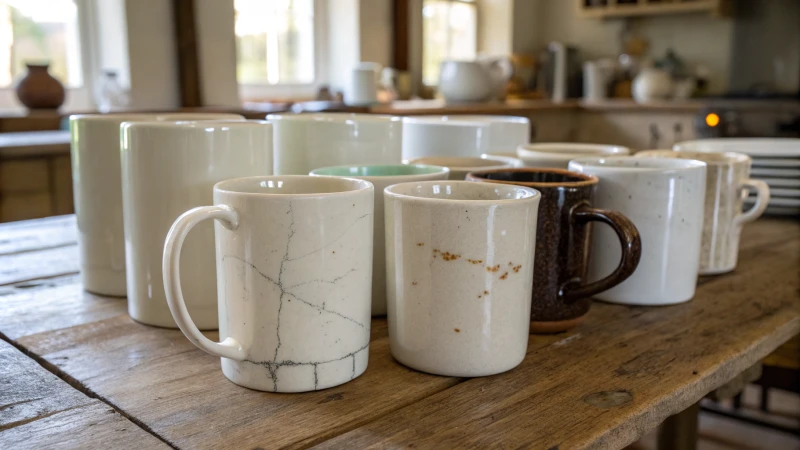
Fragility and Handling
My first ceramic mug was a lovely blue with a shiny surface that caught my eye. But, one day, I dropped it. It broke into pieces. Ceramic mugs are delicate; they chip and crack easily. I now use soft dividers in my cabinets to protect them, preventing accidental bumps and drops.
| Tip | Details |
|---|---|
| Use both hands | Support the mug’s weight evenly. |
| Avoid stacking | Prevents chips by reducing pressure points. |
Thermal Shock
Ceramic does not like sudden temperature changes. One cold morning, I poured boiling water into a mug just out of the fridge, and it cracked right away. Now, I rinse my mugs with warm water first to avoid this problem.
- Avoid Extreme Temperatures: Keep ceramic mugs out of microwaves and freezers.
- Gradual Changes: Rinse with warm water before adding hot liquids.
Bacterial Concerns
Once, I left a wet mug in the cupboard for a week, and bacteria grew on it. I now dry my mugs well after washing because a smooth surface can really hide bacteria if wet.
- Regular Cleaning: Use hot, soapy water to clean residue.
- Proper Drying: Make sure mugs are fully dry before storing.
For extra advice on cleaning methods9, maybe explore other resources.
Proactive Care
I now check my mugs often for damage or wear. If I find a crack, I fix it soon with food-safe glue.
- Check Regularly: Look for signs of wear or damage.
- Repair Early: Use food-safe adhesives for minor fixes.
To maybe learn more about ceramic mug care, find expert guidance on maintenance strategies10.
Ceramic mugs are prone to chipping when stacked.True
Stacking increases pressure points, risking chips.
Boiling water can be poured directly into cold ceramic mugs.False
Sudden temperature changes can cause thermal shock cracks.
Conclusion
Ceramic mugs are beautiful but fragile, prone to breakage, poor heat retention, and potential bacterial growth if not dried properly. Careful handling and maintenance are essential for longevity.
-
Learn about the properties of ceramics that contribute to their brittleness, helping you understand why they break easily. ↩
-
Explore how mug warmers can help prevent sudden temperature changes and reduce the risk of cracking. ↩
-
Learn more about how the physical properties of ceramic affect its ability to retain heat. ↩
-
Discover why stainless steel provides excellent insulation compared to other materials. ↩
-
Understand how different glazes on ceramic mugs influence their thermal properties. ↩
-
Understanding ceramic manufacturing standards helps in choosing safer products. ↩
-
Proper cleaning techniques help maintain hygiene and prolong mug life. ↩
-
Knowing safety certifications ensures your ceramic mugs are free from harmful substances. ↩
-
Learn about various cleaning techniques that keep ceramic mugs hygienic and in pristine condition. ↩
-
Discover professional advice on maintaining ceramic products to enhance durability and functionality. ↩